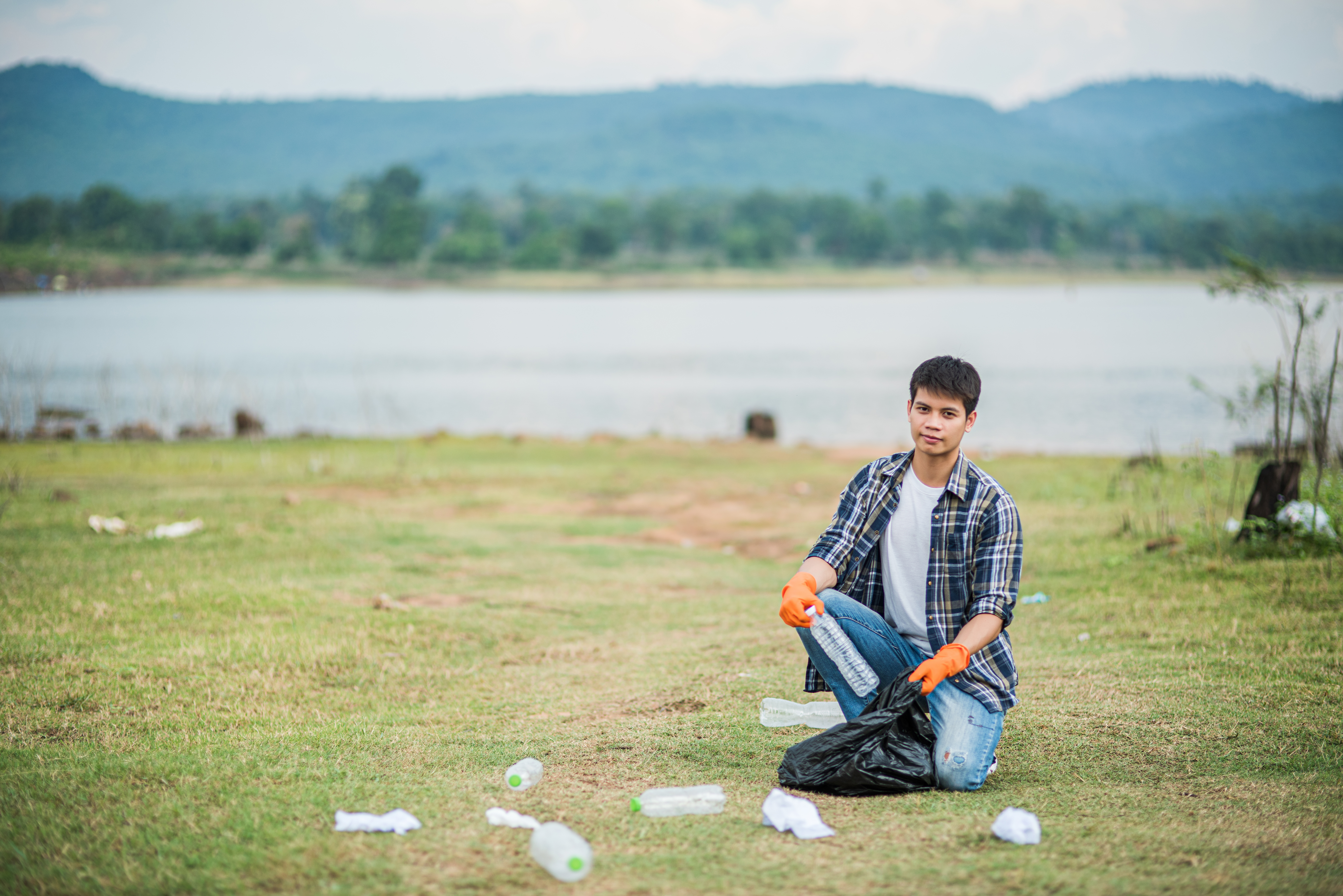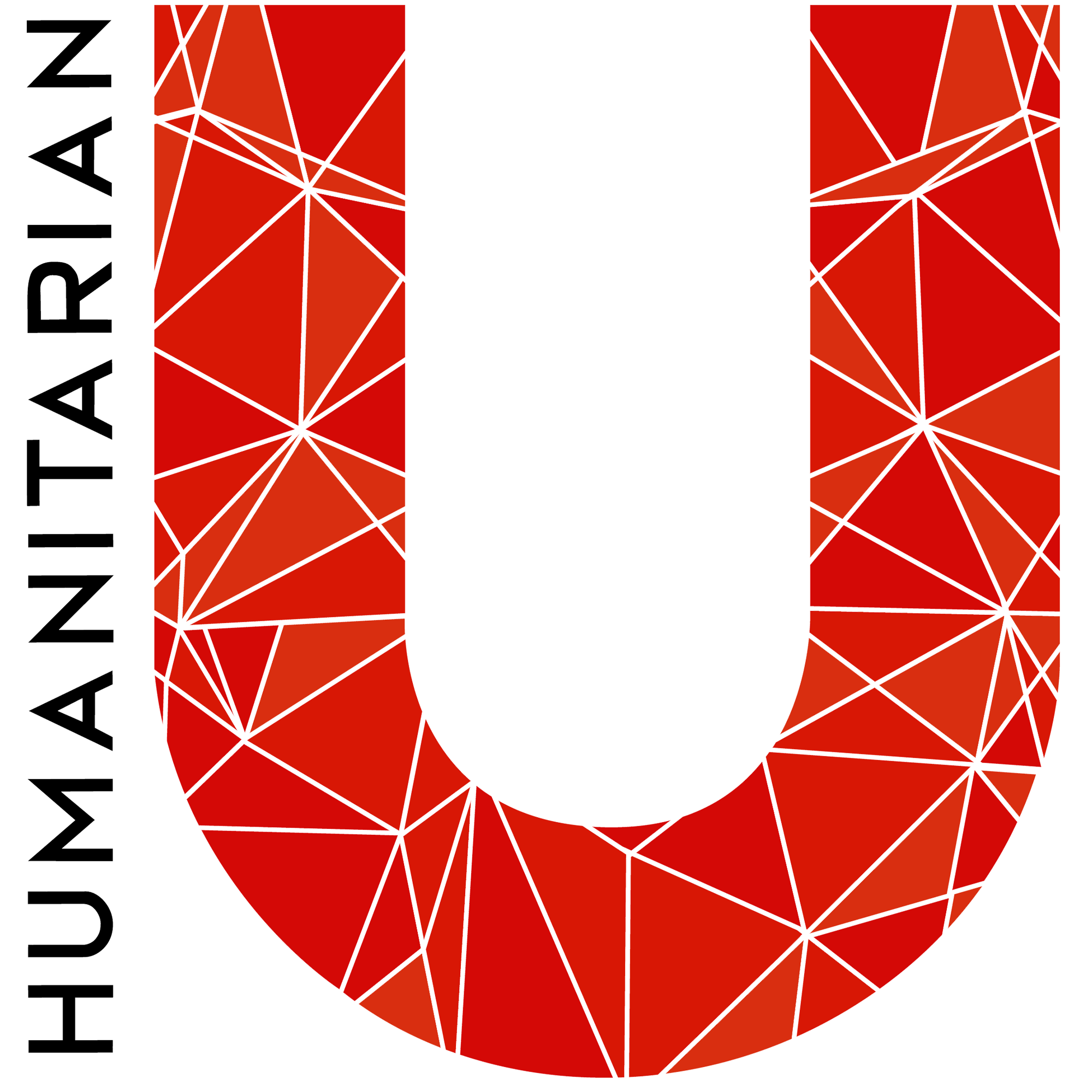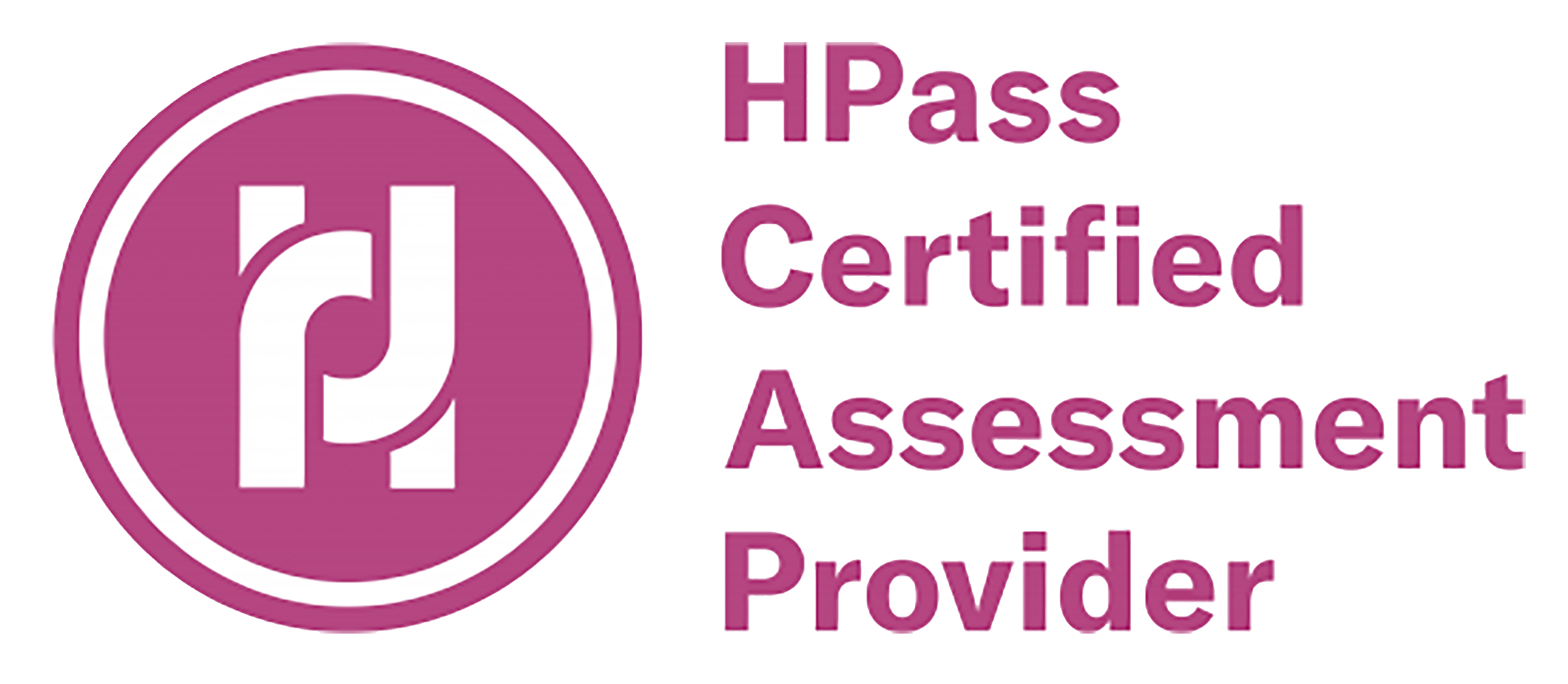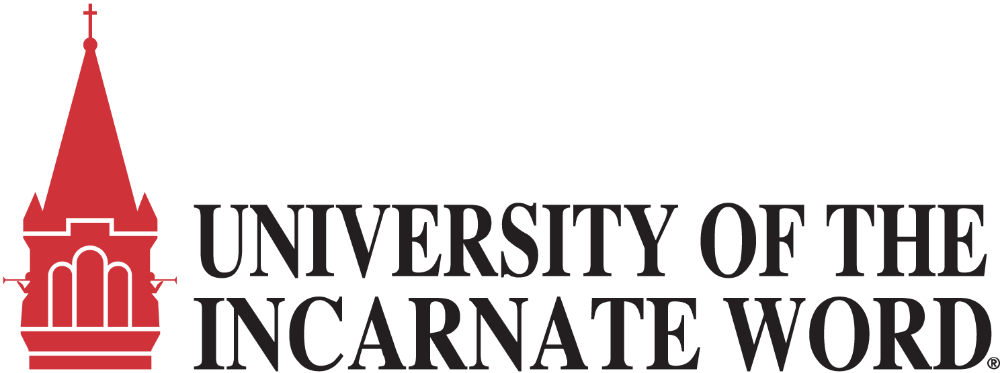-
GeneralGeneral
-
Climate Change and Public Health Homepage

This course is a comprehensive course that provides foundational, theoretical, and practical knowledge and skills in the field of climate change and its impact on public health. The course prepares participants to be knowledgeable in climate change principles and implementation of adaptation and mitigation strategies.
The Climate Change and Public Health course is sponsored by the University of Incarnate Word (UIW) and developed in partnership with Physicians for Social Responsibility, 350.org, International Society of Doctors for the Environment, George Mason University Center for Climate Change Communication, and Health Care Without Harm. Like all NextGenU.org courses, it is competency-based; instructional goals were developed taking into consideration the competencies from WHO Agenda Item 11.11, 24 May 2008 - Climate Change and Health, Global Consortium on Climate and Health Education (GCCHE), Global Environmental Sustainability and Health Focus Area Competencies - John Hopkins and CEPH. The course uses learning resources from accredited, world-class organizations such as the U.S. Centers for Disease Control and Prevention (CDC), the U.S. National Institutes of Health, and the World Health Organization. The course was funded by the University of Incarnate Word (UIW) and developed under the direction of Karen Jaceldo-Siegl, DrPH, MS. The course was designed by Hugo Rojas, MD, MSc; Margaret Niles, PhD, MEd, DipID; Valeria Reynolds, MD, MPH; Juan Jose Pemintel, MD; Jesse Ramkalawan, BSc; and Pablo Baldiviezo, MD.




For publications on NextGenU.org’s courses’ efficacy, see “A Novel Integration of Online and Flipped Classroom Instructional Models in Public Health Higher Education,” (2014), BMC Medical Education, “Building Public Health Capacity through Online Global Learning,” (2018), Open Praxis, or on NextGenU.org’s publication page. Subscribe to our newsletter to be notified of future updates, new courses, and to be part of our community.
There are 5 modules to complete, which include:
- Module 1: Introduction to Climate Change.
- Module 2: Causes and Impact of Rapid Climate Change
- Module 3: Climate Change Prediction Models
- Module 4: Climate Change and Public Health
- Module 5: Measures Against Climate Change
The completion time for this course is estimated at 123 hours, 65 hours of didactics and curated resources, and 58 hours of work participating in activities and quizzes to assist the student in the synthesis of the materials. This course is equivalent to 3 credit hours
Upon completion of the training (5 modules), participants will need to complete a final Exam. The final exam will be designed so that participants can have multiple opportunities to answer correctly until the required score of 70% or higher is obtained.
The course requires the completion of all case studies. At the end of each lesson, there is a practice quiz of fifteen to twenty-five (15-25) multiple-choice questions. At the end of the course, after you’ve completed each lesson, quiz, and learning activity, you’ll have access to a final exam of sixty (60) multiple-choice questions, and a chance to evaluate this course. Once you’ve passed that last test, you may download a certificate of completion from NextGenU.org and our course’s co-sponsoring organizations (listed above). We keep all of your personal information confidential, never sell any of your information, and only use anonymized data for research purposes, and we are also happy to report your testing information and share your work with anyone (your school, employer, etc.) at your request.
Engaging with this Course:
You may browse this course for free to learn for your personal enrichment; there are no requirements. To register in this course, it is required that learners have obtained an undergraduate degree in environmental sciences or health sciences (e.g., medicine, nursing, or public health) prior to completion of this course.
To obtain a certificate, a learner must successfully complete:
- all the reading requirements,
- all quizzes and pass with 70% having unlimited attempts,
- all peer activities,
- all discussion forums,
- the final exam with a minimum of 70% and a maximum of 3 attempts, and
- the self and course evaluation forms.
NextGenU.org is happy to provide your institution with:
- a link to and description of the course training, so they can see all its components, including the co-sponsoring universities and other professional organization co-sponsors;
- your grade on the final exam;
- your work products (e.g. peer activities), and any other required or optional shared materials that you produce and authorize to share with them;
- your evaluations -- course, and self-assessments;
- a copy of your certificate of completion, with the co-sponsoring universities and other organizations listed.
To obtain a degree, NextGenU.org’s co-sponsors degree programs with institutional partners. To obtain a full degree co-sponsored with NextGenU.org, registrants must be enrolled in a degree program as a student of a NextGenU.org institutional partner. If you think that your institution might be interested in offering a degree with NextGenU.org contact us.
We hope that you will find this a rewarding learning experience, and we count on your assessment and feedback to help us improve this training for future students.
Here are the next steps to take the course for credit:
- Complete the registration form.
- Take the pre-test.
- Begin the course with Module 1. In each lesson, read the description, complete all required readings and any required activities, and take the corresponding quizzes.
-
Module 1: Introduction to climate change

Instructional Goals covered in this module:
- Distinguish climate change and how it is related to weather.
-
Module 1: Lesson 1: Core concepts and components of climate change
Student Learning Outcomes:
Upon completion of this lesson, you will be able to:- Contrast the differences between the definitions of weather and climate.
- Explain the definition of climate change.
5 URLs -
Module 1: Lesson 2: Influence of weather in climate change
Student Learning Outcomes:
Upon completion of this lesson, you will be able to:- Classify the interactions between weather and physical, chemical, and biological processes that underlie the climate system.
- Correlate the impact of natural and human-related activities on climate change variability.
8 URLs, 1 Forum -
Module 2: Causes and impact of rapid climate change
 Instructional Goals covered in this module:
Instructional Goals covered in this module:- Contrast normal climate change variability and abnormal/current climate change.
- Describe reasons for sudden and dramatic climate change in the recent past.
-
Module 2: Lesson 1: Causes of rapid climate change
Student Learning Outcomes:
Upon completion of this lesson, you will be able to:- Identify pre-industrial era atmospheric CO2 concentrations, global temperature, ice sheets, and sea-level measurements variability.
- Compare the pre-industrial era variability of climate change with that occurring after the Industrial Revolution.
9 URLs -
Module 2: Lesson 2: The impact of human activities on the environment
Student Learning Outcomes:
Upon completion of this lesson, you will be able to:- List human activities related to rapid climate change.
- Identify the influence of human-related activities into alarming climate trends.
- Explain the definition of the greenhouse effect.
- Analyze the repercussion of the greenhouse effect on the magnitude of climate change globally.
7 URLs -
Module 2: Lesson 3: Consequences of abnormal climate change
Student Learning Outcomes:
Upon completion of this lesson, you will be able to:- Detail scientific evidence for abnormal climate change since the mid-19th century.
- Examine the effects and consequences of abnormal climate change.
3 URLs, 2 Forums, 1 Quiz -
Module 3: Climate change prediction models
 Instructional Goals covered in this module:
Instructional Goals covered in this module:- Examine models and methodologies used to predict climate change.
-
Module 3: Lesson 1: Climate change predictors
Student Learning Outcomes:
Upon completion of this lesson, you will be able to:- Describe the characteristics of the indicators used in climate change prediction models.
- Explain how ground, earth, and space observations are used to monitor climate change data.
7 URLs -
Module 3: Lesson 2: Models for climate change prediction
Student Learning Outcomes:
Upon completion of this lesson, you will be able to:- Indicate the most prevalent models applied to climate change prediction.
- Explain the importance of climate change prediction models and their significance towards finding long-term solutions.
4 URLs -
Module 3: Lesson 3: Limitations of climate change predictors
Student Learning Outcomes:
Upon completion of this lesson, you will be able to:- Assess the factors that prevent more accurate predictions of climate change.
2 URLs, 1 Forum, 1 Quiz -
Module 4: Climate change and Public Health
 Instructional Goals covered in this module:
Instructional Goals covered in this module:- Evaluate climate change-related vulnerabilities and identify strategies to protect and improve public health.
-
Module 4: Lesson 1: Vulnerable groups to climate change
Student Learning Outcomes:
Upon completion of this lesson, you will be able to:- Identify adverse conditions that define a vulnerable group of people to climate change.
- Compare and contrast climate change-related vulnerabilities with their dire impact on public health systems especially during a health emergency.
4 URLs - Identify adverse conditions that define a vulnerable group of people to climate change.
-
Module 4: Lesson 2: The impact on human health
Student Learning Outcomes:
Upon completion of this lesson, you will be able to:- Identify outstanding direct and indirect consequences of climate change on physical human health.
- Explain the implications of climate change for mental health and substance use disorders.
- Correlate adverse health repercussions originated from rapid climate change.
7 URLs, 1 Forum -
Module 4: Lesson 3: Climate change, policy, and politics
Student Learning Outcomes:
Upon completion of this lesson, you will be able to:- Correlate mitigation and adaptation strategies to public health.
- Examine the potential outcomes of developing individual lifestyle actions, institutional programs, and national policies to diminish the effects of critical climate change.
- Assess the role of primary health care in climate change-related health issues.
12 URLs, 1 Forum, 1 Quiz -
Module 5: Measures against climate change
 Instructional Goals covered in this module:
Instructional Goals covered in this module:Identify adaptation strategies, including how culture affects adaptation.
-
Module 5: Lesson 1: Adaptation strategies and climate change
Student Learning Outcomes:
Upon completion of this lesson, you will be able to:- Contrast the main adaptation strategies and how they relate to public health.
- Explore the approaches to long-term adaptation and how each of them can be more beneficial to different populations.
- Examine how policies address the development of equitable changes in energy, transportation, and other economic sectors.
4 URLs -
Module 5: Lesson 2: Mitigating the impact of climate change
Student Learning Outcomes:
Upon completion of this lesson, you will be able to:- Identify long-term mitigation strategies applied to a cross-sectoral context.
- Examine the benefits of public health professionals working in the development of mitigation policies.
- Illustrate the existing and emerging health threats at local and global levels caused by rapid climate change.
- Explain the impact of climate change mitigation strategies on existing and emerging health threats.
5 URLs, 1 Forum -
Module 5: Lesson 3: Implementation of adaptation and mitigation strategies
Student Learning Outcomes:
Upon completion of this lesson, you will be able to:- Explore how communities across the U.S. are already adapting to climate change.
- Explain how to implement strategies to "green" your living environment (workplace, clinic, hospital, or other health systems).
- Illustrate cultural divergences and their importance in the decision-making process inside a community.
- Explain the economic decision-making barriers related to the implementation of adaptation and mitigation strategies.
- Compare the benefits of proactive strategies with the costs involved in their implementation.
6 URLs, 1 Forum, 1 Quiz -
Course and Self Evaluation & Certificate
 In this section, you can provide feedback about this course to help us make NextGenU.org better. Once evaluations are completed, you will be able to download your certificate of completion.
In this section, you can provide feedback about this course to help us make NextGenU.org better. Once evaluations are completed, you will be able to download your certificate of completion.
Climate Change and Public Health
Register for this course to access the discussion forums


 Click here to start Final Examination
Click here to start Final Examination